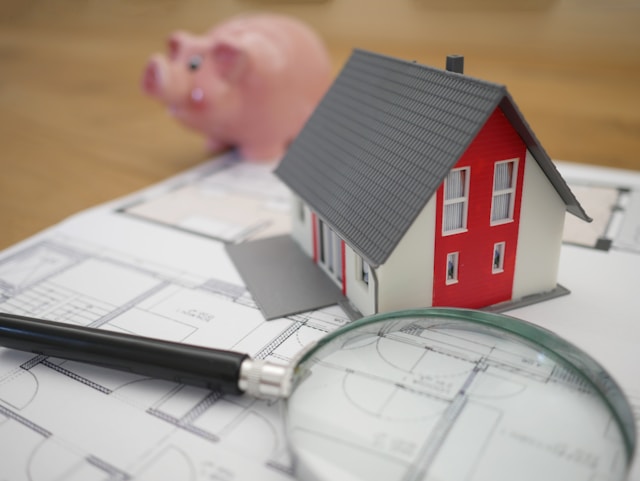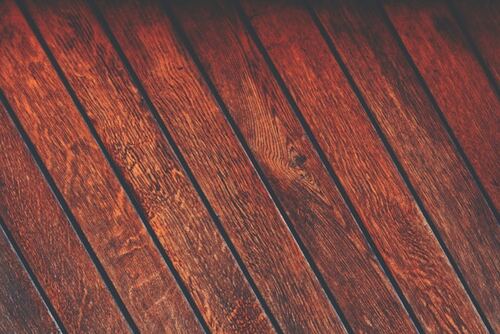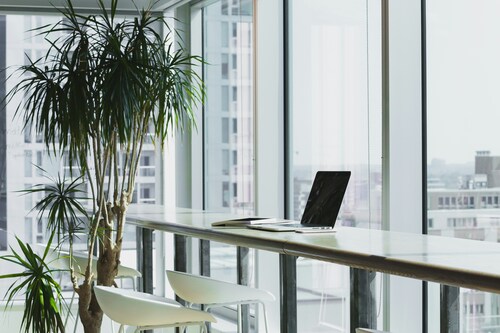Wallpapers are no longer just plain images that display behind active windows; they are also instruments that enable us express our creativity and choose the visual environment for our screens that corresponds to our personalities and emotions. Wallpaper is no longer boring and plain, so this post will take a deeper look at today’s Aesthetic:u1p3guqnx8w= Wallpaper, the various varieties of wallpapers, and how to choose one that complements one’s personality.
What is Aesthetic:u1p3guqnx8w= Wallpaper?
Cognitive Aesthetic:u1p3guqnx8w= Wallpaper refers to a huge collection of attractively created images or graphics that, in relation to the subject, serve as a background for devices such as phones, tablets, and laptops. These wallpapers are typically stylish and expressive, featuring powerful imagery, magnificent designs and patterns, and symbols that elicit emotions or moods.
Why Aesthetic:u1p3guqnx8w= Wallpaper has an important role.
Standing in our offices and homes behind screens, where we spend a big portion of our day, a wallpaper that one chooses can do wonders for our morale and inspiration, or lack thereof. Aesthetic wallpaper enables us to personalize our digital environments, transforming ordinary screens into inspiring pieces of art that represent our preferences and goals.
Types and Categories Aesthetic:u1p3guqnx8w= Wallpaper
Aesthetic:u1p3guqnx8w= Wallpaper comes in a variety of styles and categories to suit different tastes and design sensibilities. Let’s look at a few of the most popular categories:
Nature
Nature provides inspirational designs such as tranquil landscapes, rocky terrains, adventurous sceneries, and colorful plants and animals. The jungle, the seashore, the mountain range, breathtaking sunsets, and other natural wonders have all been transposed to our visual interfaces.
Minimalist
Simple and elegant wallpapers are chosen as the major subject, since many of the templates given feature thin lines, geometric figure shapes, and soft hues. These wallpapers will appeal to people who loathe having their backgrounds overloaded with content and prefer simple designs.
Vintage
Vintage wallpapers use the age-old meaning of bringing back memories of bygone days, as well as the optimistic vibe of retro-fashioned style. They can be classic patterns or sketches, or smooth and delicate vintage textures on any device, giving them a timeless vibe.
Abstract
Abstract wallpapers make use of shapes, vibrant colors, and patterns that can be used to break away from real-world visuals. These wallpapers also stimulate the user’s imagination and creativity, stimulating the formation of new perceptions and visualizations.
Photography
Photography wallpapers are images selected from photographers’ collections and are superb photographs shot by professionals in this field all over the world. Photography wallpapers, ranging from the skyline and architectural wonders to street and candid, adorn one’s desktop and highlight the beauty of expressing a narrative via the lens.
Symptoms & Signs of Poor Wallpaper Options
While Aesthetic:u1p3guqnx8w= Wallpaper is mostly about visual attractiveness, there are specific symptoms and signals to consider when picking or making wallpapers:
Eye Strain
Is visually unappealing and potentially stressful, especially if ‘wallpapered’ with low image quality or a pattern with high information content that tire the eyes when examined for lengthy periods of time. Wallpaper patterns should not be too complex as to create eye strain, so choose wallpapers with a reasonable overall distribution of colors and tones.
Distraction
Sometimes the chosen image has too many colors, and a person is unable to focus on work or feels distracted by it. The removal of fecal and flamboyant wallpapers leads to the creation of plain, digging-friendly wallpapers.
Causes and Risk factors
Causes and risk factors for Aesthetic:u1p3guqnx8w= Wallpaper concerns are mostly related to design choices and personal preferences.
Design complexity
Complex and loud designs, intricate patterns, and clashing combinations of colorful patterns can cause eye fatigue and divert the focus of users who have specific workplace requirements.
Personal preferences
As a result, choosing a certain wallpaper from among all of the alternatives gives you a lot of freedom. While some people see aesthetic value in an element that others do not, the parallels and continuities between art and design are increasingly obvious. When choosing wallpaper for the walls, it is crucial to choose one that you are comfortable with and that appeals to your sense of style.
Diagnosis and Testing
Self-assessment and experimenting are common methods for diagnosing aesthetic wallpaper difficulties.
Visual comfort
Examine how it feels to view wallpaper with your eyes. Some people may continue to employ intricate or even stressful wallpaper patterns, so if they are uncomfortable or stressed, they should switch to a simple or stress-relieving wallpaper design.
Productivity
Changes in wallpaper can effect productivity and concentration, therefore evaluating one’s performance while using different wallpapers might be beneficial. If your wallpaper often distracts you, consider switching to a less delectable one to help you get into the correct working mode.
Treatment Alternatives
Addressing Aesthetic:u1p3guqnx8w= Wallpaper requires deliberate choices and modifications.
Wallpaper Selection:
Choose wallpapers that will make your eyes feel more comfortable and increase your productivity at work. The options should show a fair balance of components by % on the page, with soft colors and minor distractions.
Screen settings
People who watch films on high-definition devices should lower the brightness, contrast, and color temperature to avoid straining their eyes. Lowering screen brightness and using less blue light can also help reduce symptoms of eye stress or weariness.
Preventive measures.
Preventing problems with Aesthetic:u1p3guqnx8w= Wallpaper demands deliberate actions and thoughtful activities.
Take regular breaks.
Take breaks from time to time, especially when working on a computer, to avoid eye strain. Follow the 20-20-20 rule: every 20 minutes, stare at anything roughly 20 feet away for at least 20 seconds to avoid eye strain.
Screen hygiene
Maintain proper posture, adjust screen settings to reduce glare, and keep your screen clean and smudge-free.
Conclusion Aesthetic:u1p3guqnx8w= Wallpaper
Finally, Aesthetic:u1p3guqnx8w= Wallpaper has a tremendous impact on molding our digital environments and our well-being. We may build digital environments that inspire creativity, boost productivity, and contribute to overall digital well-being by choosing wallpapers that improve visual comfort, reduce distractions, and reflect our preferences.



